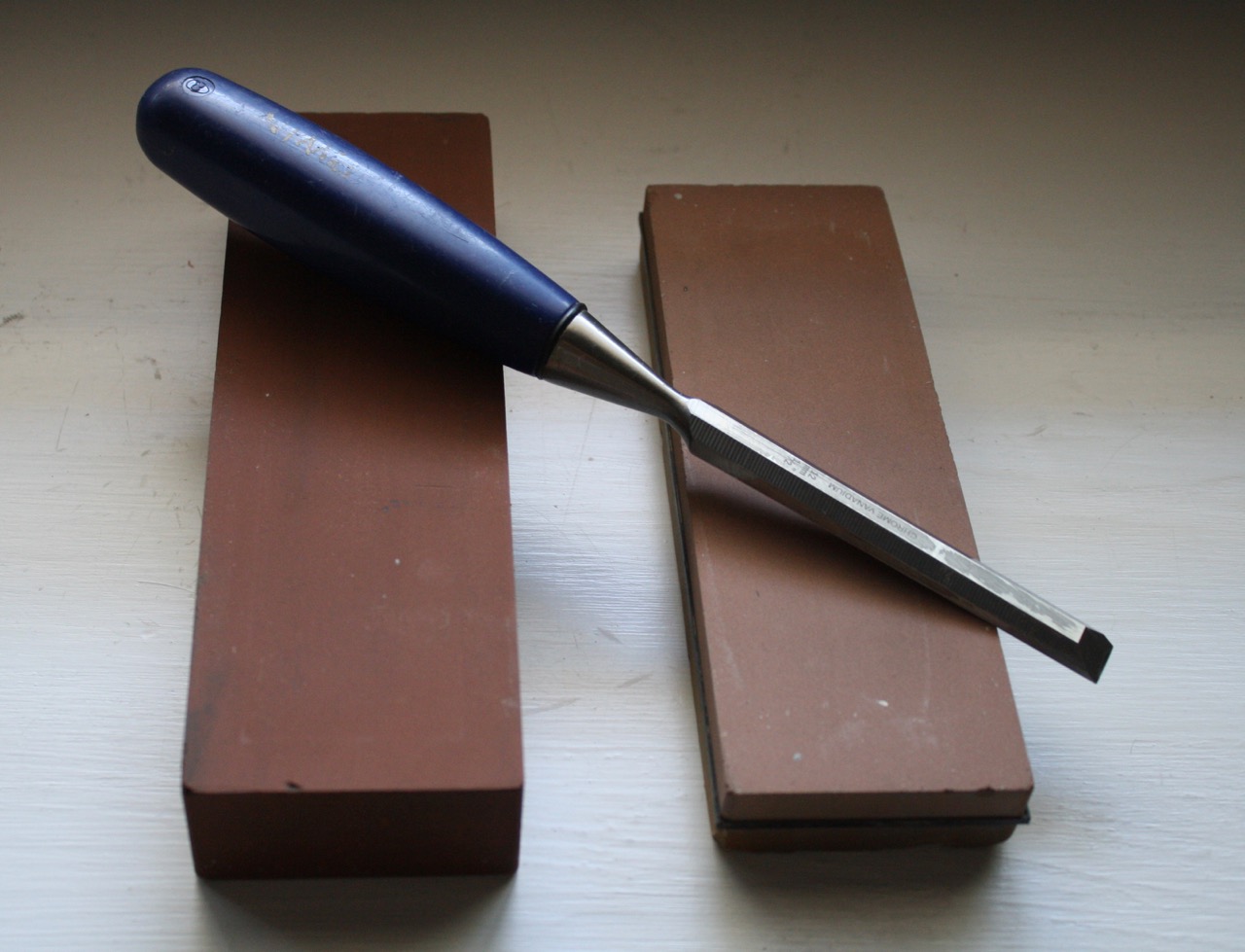I’m a self-taught woodworker. That's partly because I enjoy learning from books and videos, but also because of the cost and time involved in taking a class. In addition, I’ve had a couple of bad experiences with classes: one class on finishing that I took, for example, was a waste of time because a student sidetracked it with irrelevant questions (the teacher shouldn’t have let that happen).
Recently I’ve realized that taking classes in-person is extremely valuable. What changed my mind was a half-day class on sharpening taught by Doug Forsha at the Southwest School of Woodworking in Phoenix. Doug is a professional woodworker who owns a living making custom furnitures, so he has lots of practical experience. He knows how to work quickly and effectively since his livelihood depends on it. He is a good communicator with an excellent balance of theory and practice. During the class I sharpened a couple of my own planes and chisels using his methods and had a real “aha” moment about sharpening that will make my future woodworking more effective and enjoyable. Now I wish I had taken more classes earlier.
Should you consider taking a class? Yes! Here are several reasons why:
- You’ll learn a lot faster because you'll get direct feedback on what you’re doing right and wrong.
- You’ll learn how to achieve better quality and work faster.
- Woodworking will be more enjoyable because you’ll achieve success more easily.
- You’ll take your skills to the next level.
- You’ll be able to connect to other woodworkers
- A class will spark new project ideas.
It may take some work to find a class that will benefit you. If you’re going to devote time and money to a class then you want to make sure you have the right instructor in the right setting. Some things to look for in a teacher include:
- real-life woodworking experience
- ability to communicate well and give good feedback
- classroom management skills
You should look for a class with a good enough student/teacher ratio and well equipped workshop so that you can do lots of hands-on work.
If at all possible take a “test class”, i.e., a short class that will give you a feel for what a particular teacher and school is like. But by all means take a class and take your woodworking to the next level!











